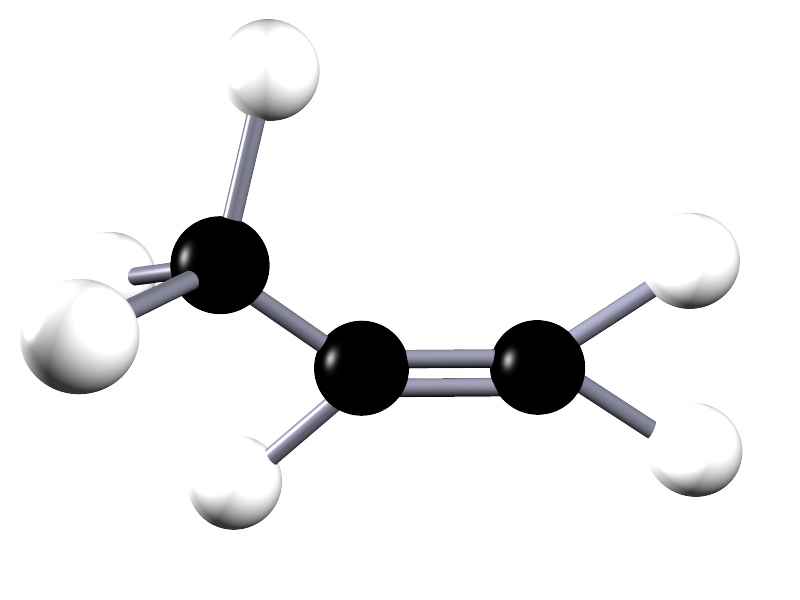

Chemistry only

You should know what addition polymerisation is and how addition polymers are formed before you read this page. Click here to watch a quick video to revise this topic, this will help you understand the examples shown below:
The simplest and perhaps best known addition polymer is poly(ethene) or polythene. There are many household item made from poly(ethene) including:

Or we can write an equation to show how ethene polymerises to form poly(ethene) or polythene as shown below:

Here n represents the number of ethene molecules in the particular polymer chain.
All addition polymers are made in the same way as shown below. Different polymers can be made by simply starting with different monomers e.g.

By replacing one of the hydrogen atoms on ethene with a chlorine atom a molecule called chloroethene is produced. Chloroethene is a small unsaturated molecule similar to ethene and just like ethene it can be polymerised. To name the polymer formed you simply add the word poly to the name of the monomer; which must be in brackets e.g.

Or as above we can write an equation to show the polymerisation of chloroethene to form poly(chloroethene):

Chloroethene is the modern name of the molecule shown above; traditionally it was also called vinyl chloride. So this polymer would have been called poly(vinyl chloride) or PVC; a polymer you are probably familiar with as it is used to make items such as: window frames, mobile phone cases, TV frames, CDs and DVDs, guttering and drain pipes as well as waterproof coats, wellington boots and even fake leather jackets.

In the example above we replaced one of the hydrogen atoms on ethene with a chlorine atom and made a molecule called chloroethene. Instead of replacing one hydrogen atom with a chlorine atom replace all the hydrogen atoms in an ethene molecule with fluorine atoms. We use the prefix -fluoro to represent fluorine atoms and tetra indicates there are 4 atoms of fluorine present. The new molecule will be called tetrafluoroethene.

We can show the polymerisation of tetrafluoroethene to give the polymer poly(tetrafluoroethene) or teflon as it is commonly called below. As with an addition polymerisation the C=C bonds in the monomers are broken and the molecules simply link together:

Or we can write an equation to represent this polymerisation reaction as:

Poly(propene) or polypropylene as it is often referred to is a widely used polymer. Its main uses are in fibres for carpets, ropes, and clothing, although it is widely used for car bumpers, milk crates and fishing nets. It is made from the monomer propene; an unsaturated alkene molecule. The structure of propene is shown below:
| 3D model of propene | Displayed formula | Structural formula |
|---|---|---|
 |
 |
CH3CH=CH2 |
| C3H6 | C3H6 | C3H6 |
We can show the polymerisation of propene to form poly(propene) in exactly the same way as was done for the addition polymerisation of ethene, tetrafluoroethene and chloroethene:

As before we can write an equation to represent this polymerisation reaction:

We can also simply use word and symbolic equations to represent the polymerisation reaction:

Or in general we have:
